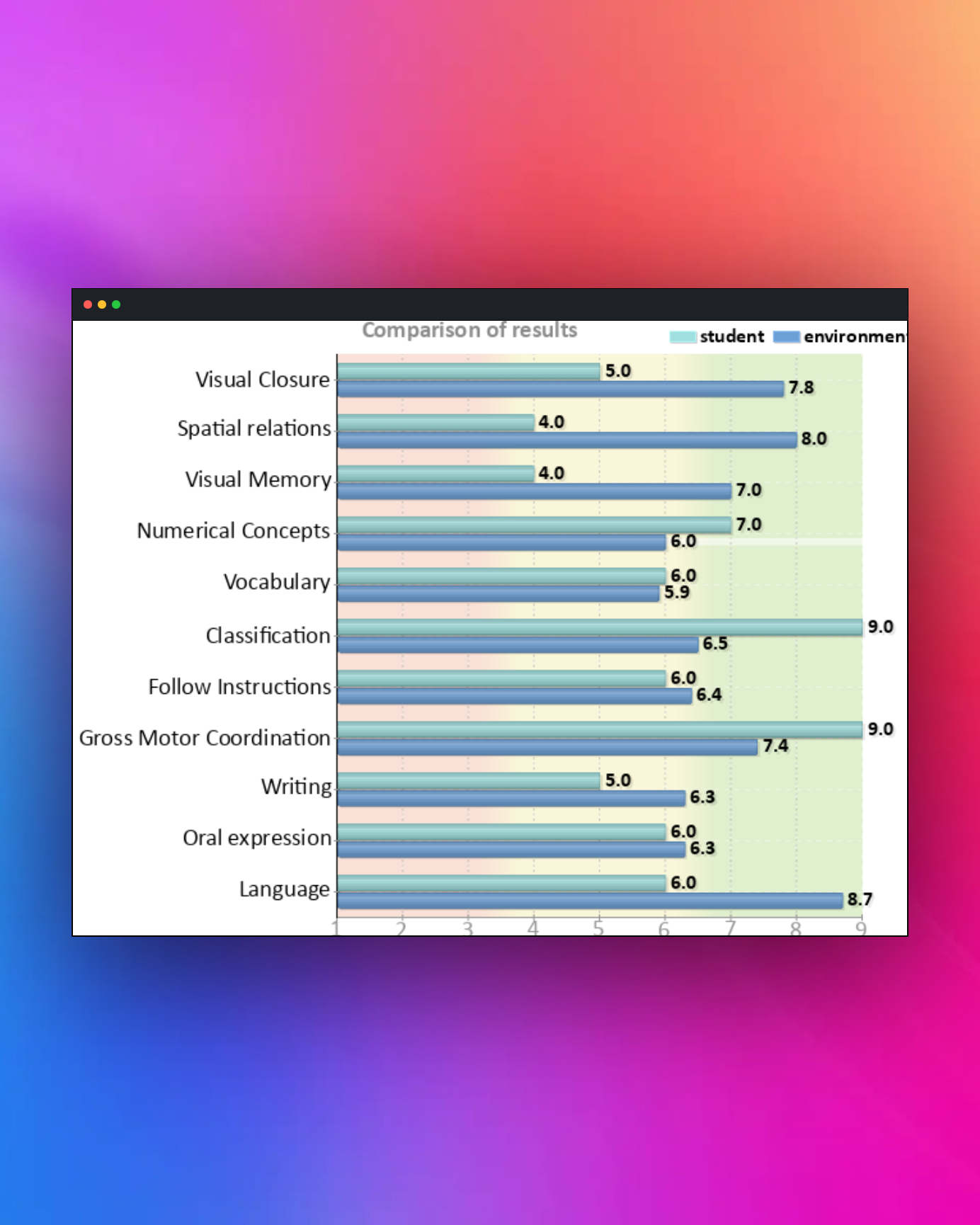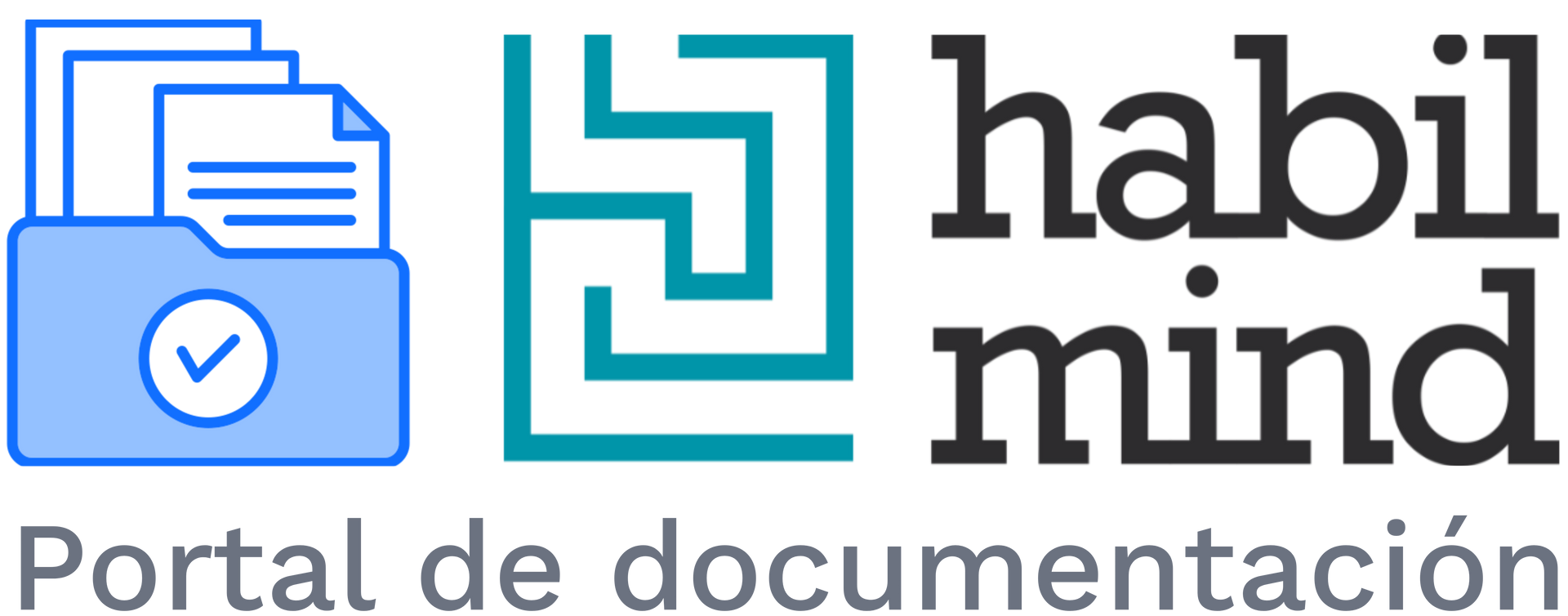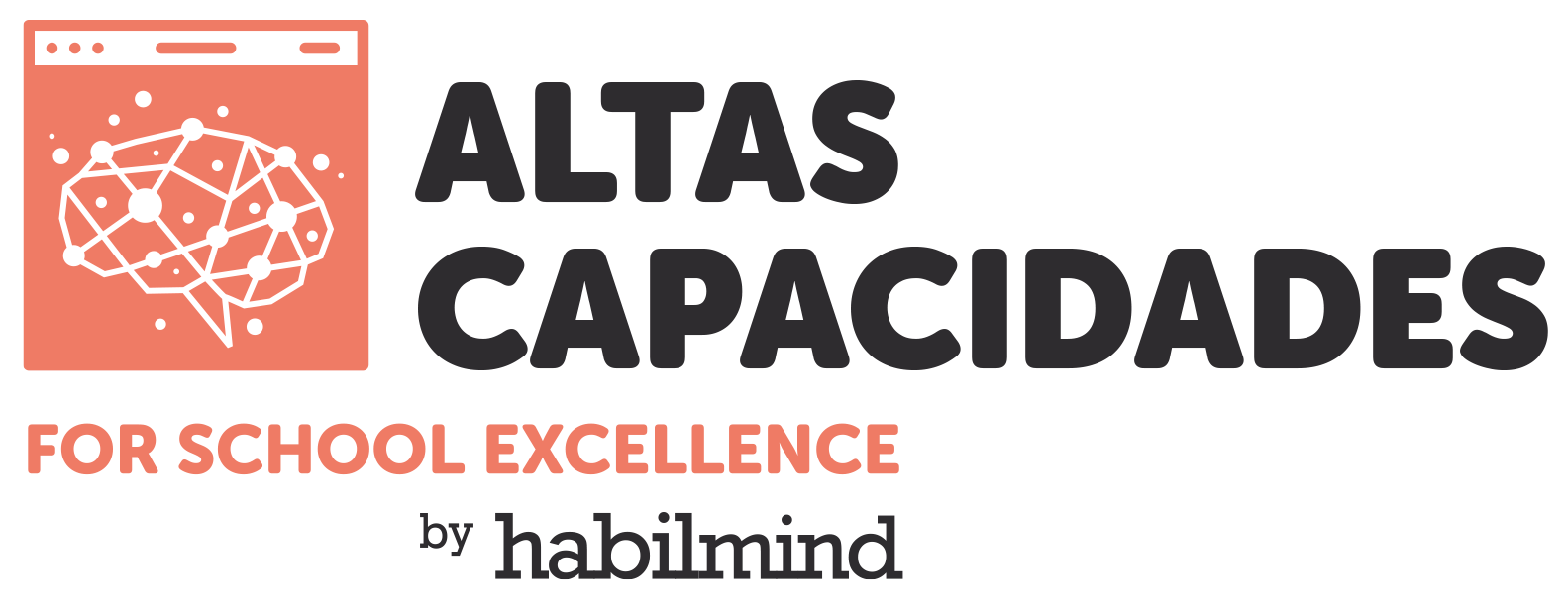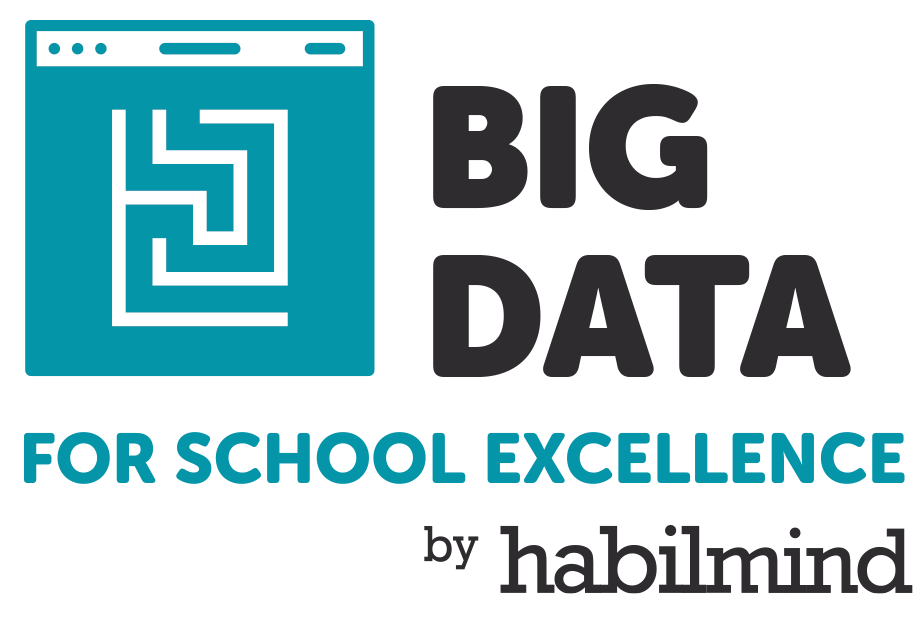Habilmind > Related to Students' Academic Performance > Fundamental Skills 1
Fundamental Skills 1
Cognitive analysis for students aged 4 to 5 years
Assessment through a criterion-referenced test that measures the development level of skills or prerequisites for acquiring foundational learning.
ℹ️Application: Individual. Direct interaction with the examinee
🕓Duration: 40 minutes
✅Applicable
age: 4 to 5 years
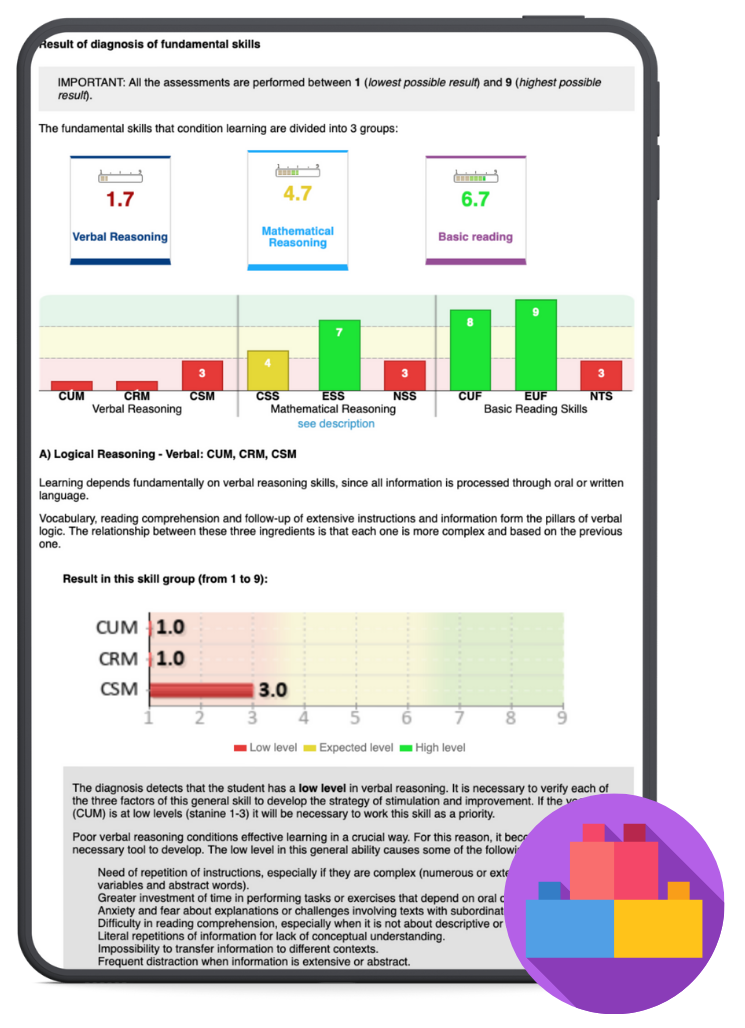
Authors

Isauro Blanco
Researcher and speaker specialising in cognitive development.
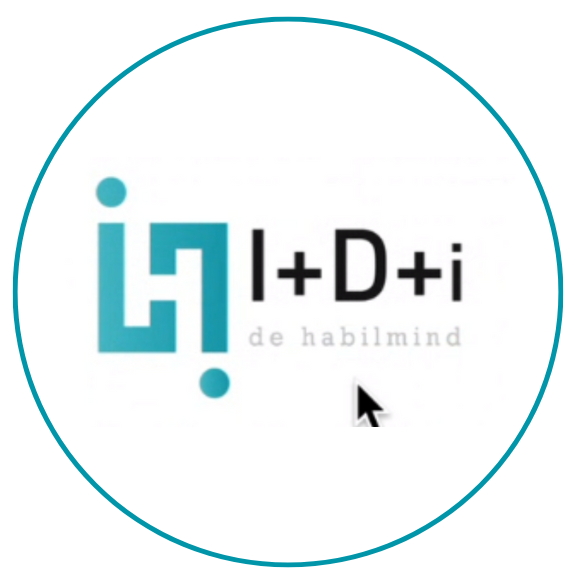
Habilmind R&D&I Team
Habilmind team dedicated to educational innovation.
What does your school obtain from this tool?
01
Observe
The development of skills from an early age.
02
Enable
Timely stimulation to foster skill development.
03
Understand
Each student individually.
04
Prevent
Early intervention is key to the student’s future.
05
Assess the impact
Through the re-administration of the tool.
On which platforms of the Habilmind Ecosystem
is this tool available?
Explanation and application of the Fundamental Skills Pre-Infant test by Isauro Blanco
Video in which Isauro Blanco explains the Fundamental Skills Pre-Infant test and demonstrates its application.
Check prices and benefits instantly
Use the “Prices” button to view the available plans and choose the one that best suits your school.
Free trials are available for schools, colleges, institutes, universities, clinical psychologists, and researchers.






